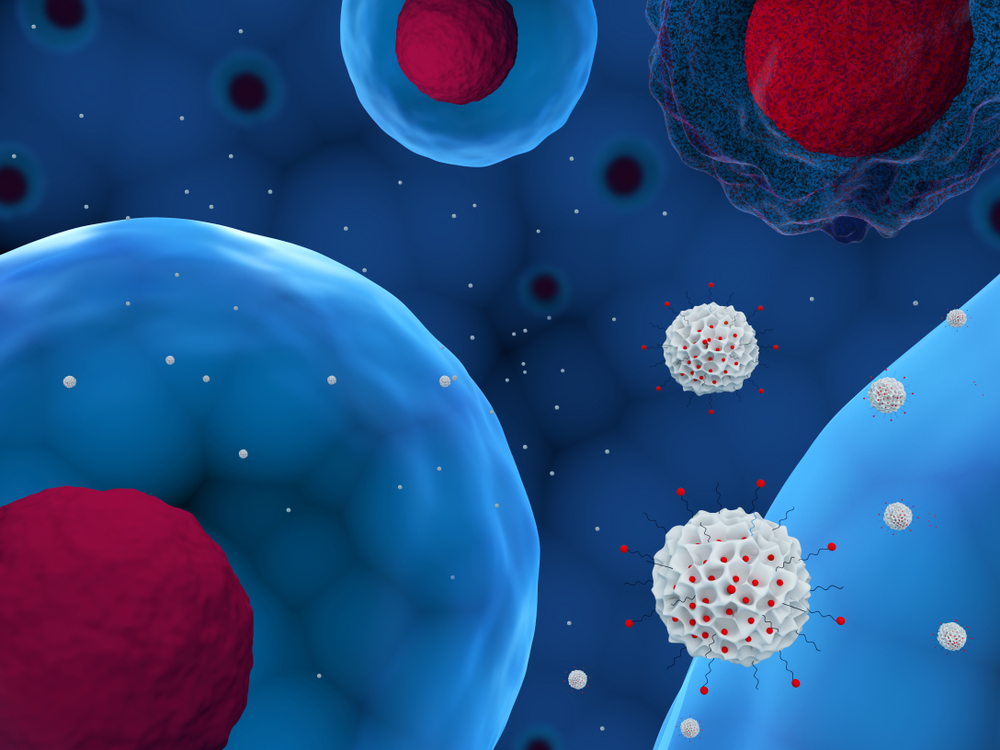Study Finds 5 Potential Biomarkers for Assessing Severity of Dry Eye Symptoms in pSS Patients

High levels of five proteins in tears correlate with the severity of dry eye signs in patients with primary Sjögren’s syndrome, implicating a role for these proteins in the disease, a study shows.
The study, “Severity of clinical dry eye manifestations influences protein expression in tear fluid of patients with primary Sjögren’s syndrome,” was published in the journal Plos One.
More than 95% of patients with primary Sjögren’s syndrome (pSS) display symptoms of eye and mouth dryness, characteristic features of the disease.
In some cases, ocular dryness can lead to dry eye disease, which is associated with inflammation of the eye surface, causing ache and discomfort.
In order to diagnose pSS, physicians use the 2002 American-European Consensus Group (AECG) criteria. These include evaluating eye and mouth dryness, measuring tear and saliva secretion, screening for disease-specific antibodies (anti-Ro/SSA and anti-La/SSB), and evaluating biopsies from minor salivary glands for immune cell infiltration.
However, there is a need for non-invasive, more accurate diagnostic tools for pSS. Researchers have been exploring techniques such as screening for disease-specific biomarkers. These biomarkers can also be used for disease staging and monitoring.
One of the ways biomarkers can be discovered is through a technique called liquid chromatography-mass spectrometry (LC-MS), which examines the levels of various proteins.
In the past, saliva and tear fluids have been used to identify potential biomarkers for the disease. By looking into proteins that are abnormally expressed in these fluids, researchers can discover new pathways that are either more or less active than expected.
In this study, researchers set out to explore the association between protein expression in tear fluid and severity of dry eye disease in pSS patients.
In a previous study, researchers discovered that the five most highly expressed proteins in the tear fluid of pSS patients were DNA lyase (APEX1), thioredoxin-dependent peroxidase reductase (PRDX3), copine (CPNE1), aconitate hydratase (ACO2), and LIM domain only protein 7 (LMO7).
Results from this study indicate that levels of these five proteins are higher in pSS patients compared to healthy controls. There are even greater levels of these proteins in patients with pSS who exhibit signs of dry eye disease.
Next, researchers examined the cellular pathways where these five proteins are involved. They found that these five over-expressed proteins showed involvement in both innate and adaptive immunity.
The innate immune system is always general, indicating that anything that identified as foreign is a target for the innate immune response. The adaptive immune system comprises a highly specialized group of cells that respond specifically to destroy or prevent reoccurrence of pathogens.
“Viewed as a whole, these identified cellular pathways and components clearly indicate the involvement of autoimmune reactions and over-activation of the innate and adaptive immune systems in patients with pSS, both as a consequence of disease pathogenesis and probably also as part of the healing process,” investigators said.
“Our observations suggest a relationship between presence of dry eye signs and upregulated proteins in tear fluid from patients with pSS,” they concluded.






